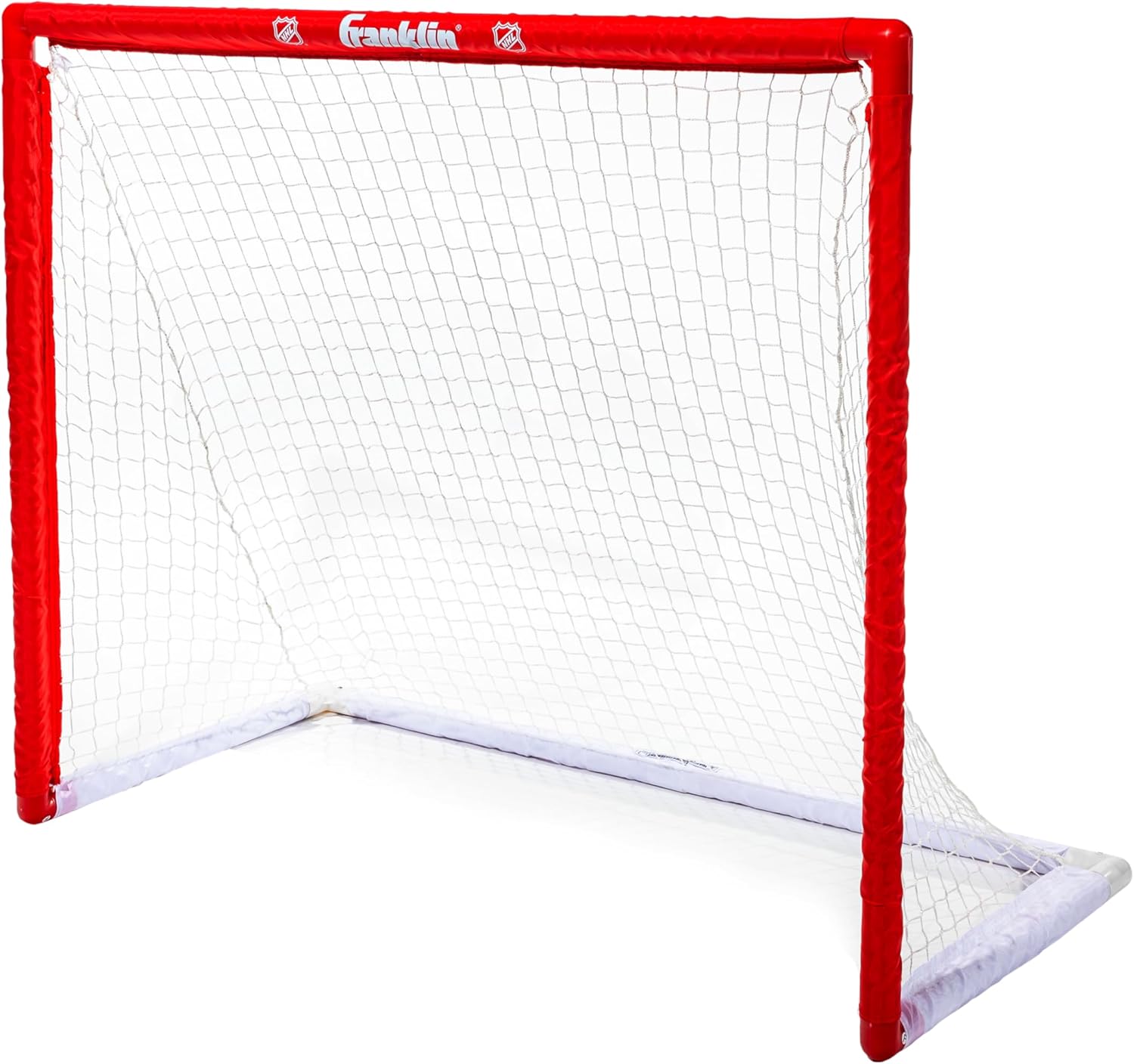Analysis of Hockey Players Stats: Unveiling the Magic Behind the Numbers
The roar of the crowd fades as the final buzzer sounds. The scoreboard tells one story, but what if the player who truly influenced the game’s outcome wasn’t the one with the most points? In the fast-paced world of hockey, traditional stats like goals, assists, and plus/minus can paint an incomplete picture. This blog series delves into the fascinating realm of advanced hockey statistics, helping you see beyond the surface and uncover the hidden stories behind player performance.
Traditional stats are a great starting point, but they don’t tell the whole story. Imagine a player who consistently generates scoring chances but struggles to finish. Their low goal count might make them seem ineffective, but advanced stats that track shot attempts and scoring opportunities reveal their true value.
So, buckle up, hockey fans, as we embark on a journey to decode advanced stats and unlock a deeper understanding of player performance!
Corsi Close-Up – Unveiling Possession Power
Our first dive takes us into the world of Corsi, a stat that measures shot attempts (shots on goal, missed shots, and blocked shots) directed towards each net at even strength (excluding power plays and shorthanded situations). A higher Corsi percentage indicates a team (or player) controlled puck possession for a greater portion of the game.
Let’s use the legendary Wayne Gretzky, “The Great One,” as an example. While Gretzky holds the NHL record for most career goals and assists, his dominance extended far beyond the scoresheet. Corsi wasn’t tracked during his era, but his teams consistently dominated puck possession, a key factor in their offensive success. However, Corsi isn’t perfect. It doesn’t differentiate between high-quality scoring chances and low-risk shots from the periphery. Context is crucial! A player on a team with a strong offensive system might boast a high Corsi, but it doesn’t guarantee individual brilliance.
Advanced Analysis: Let’s take a look at two contemporary players known for their puck possession dominance:
Sidney Crosby (Pittsburgh Penguins): Crosby, a generational talent, consistently ranks among the league leaders in Corsi percentage. His ability to control the puck in the offensive zone and create scoring opportunities for himself and his linemates is a major reason for the Penguins’ success.
Nathan MacKinnon (Colorado Avalanche): MacKinnon is a force to be reckoned with. He combines blazing speed with elite puck-handling skills, allowing him to drive towards the net and generate a high volume of shot attempts. His high Corsi reflects his ability to tilt the ice in Colorado’s favor.
Fenwick Focus – Unearthing the Forechecking Force
While Corsi provides a general picture of puck possession, let’s explore a hidden gem – Fenwick. This stat focuses only on unblocked shot attempts (shots on goal and missed shots), offering a clearer picture of a player’s ability to drive towards the net and generate quality scoring opportunities.
An excellent example of a player who thrives in this area is Yanick Bergeron, the Boston Bruins’ defensive stalwart. While Bergeron’s offensive numbers might not jump off the page, his relentless forechecking and ability to win board battles contribute significantly to the Bruins’ puck possession dominance. Advanced stats like Fenwick help quantify this often-overlooked aspect of his game.
Advanced Analysis: Here are two more players who excel in Fenwick:
Patrice Bergeron (Boston Bruins): Yes, you read that right! The Bergeron brothers are a force together. Patrice mirrors his younger sibling’s dedication to winning puck battles and driving towards the net. His high Fenwick numbers showcase his ability to create scoring chances for the Bruins’ potent offense.
Aleksander Barkov (Florida Panthers): Barkov is the engine that drives the Florida Panthers’ offense. He consistently ranks among the league leaders in Fenwick, a testament to his ability to control the puck in the offensive zone and create high-quality scoring opportunities.
Fantasy Hockey Gold: Stat Scouting for Gems
For fantasy hockey enthusiasts, advanced stats can be a goldmine. By looking beyond points and goals, you can identify potential breakout players before their stock soars. Stats like Relative Corsi (a player’s Corsi compared to his teammates at even strength) can reveal players who elevate their linemates’ performance.
Imagine drafting a player with a high Relative Corsi early in the season. As their teammates start putting up points, their value will skyrocket, giving you a significant edge in your fantasy league.
The Marriage of Stats and the Eye Test
Advanced stats offer a powerful lens for analyzing hockey players, but they shouldn’t replace the “eye test” entirely. A player’s hockey IQ, leadership, and intangibles still hold immense value.
The key lies in using advanced stats alongside traditional stats to paint a more complete picture. Think of it as a toolbox – the more tools you have, the better equipped you are to understand the complexities of player performance.
This is just the opening face-off in our exploration of advanced hockey stats. Join us on future stops as we delve into concepts like:
Expected Goals (xG): This stat goes beyond simple shot attempts and considers factors like shot location and quality to predict the likelihood of a goal being scored.
Scoring Chances: This category focuses on high-danger opportunities close to the net, offering a clearer picture of a player’s ability to generate scoring threats.
Goals Above Replacement (GAR): This advanced stat attempts to quantify a player’s overall impact on his team’s goals scored and goals allowed, compared to an average replacement player.
By incorporating these advanced metrics alongside traditional stats and the “eye test,” you’ll gain a deeper appreciation for the nuances of the game and the unique skillsets that make hockey players truly elite. So, the next time you watch a game, look beyond the box score and see the hidden stories revealed by the magic of advanced statistics!






